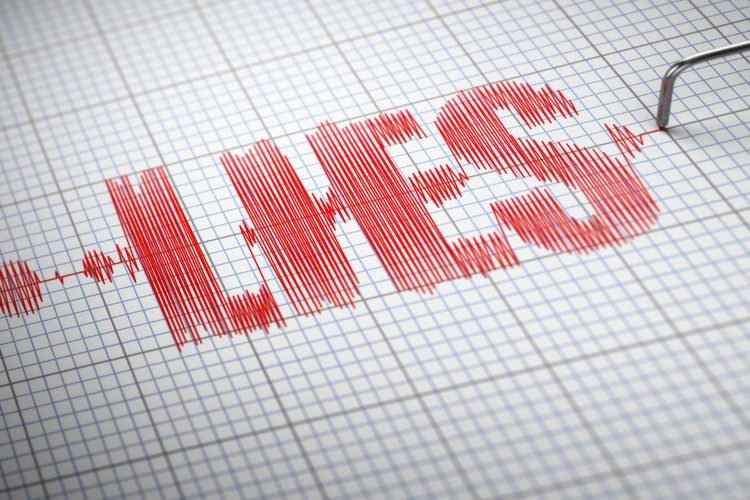
USA Today reported on Thursday that it removed 23 articles from its own website and other platforms because reporter Gabriela Miranda appears to have included fabricated sources in the articles. The national newspaper, run by the Gannett media company, reported that Miranda’s reporting included “individuals … not affiliated with the organizations claimed and appeared to be fabricated.”
The investigation was started after USA Today received an external correction request.
“The existence of other individuals quoted could not be independently verified. In addition, some stories included quotes that should have been credited to others,” USA Today reported.
Miranda resigned from USA Today and has deleted her LinkedIn account. Prior to being hired by USA Today, she had covered education and Hispanic issues for the Gainesville Times in Georgia.
USA Today listed all 23 stories that they’ve removed in a note to its readers.
“We strive to be accurate and factual in all our content and regret this situation,” USA Today‘s website reported.
The Miranda incident brings to mind a similar 2004 scandal where USA Today reporter Jack Kelley was found to be fabricating stories in a similar manner, even to the point of giving scripts to associates so that they could pretend to be sources during investigations into stories. Kelley also resigned, though he denied the accusations against him.
In response to the incident, USA Today has pledged to:
Improve our process for those who want to lodge complaints or request corrections.
Ensure stories have clear and sufficient identifying information for individuals quoted.
Ensure that reporters take appropriate steps at all times to verify source information.
Ensure that institutions are contacted to provide a response or statement if they are referenced in the story.
Apply additional scrutiny to sources found through blind connections on social media platforms, via email, etc.
Reinforce our standards for crediting other outlets for their work.
That’s all great moving forward. But Miranda was a young journalist. Did she learn these practices at USA Today or did she learn them recently in a journalism school?
Ben Mullin, a media reporter for The New York Times, claims that USA Today‘s investigation revealed that Miranda went so far as to produce false recordings in an effort to deceive investigators.
Newsguard, a technology site that claims it rates the credibility of news sources in its efforts to track what it calls “misinformation,” rated USA Today as one of the top 10 “Trustworthy and Trending” websites. As of this writing, USA Today retains its 100-percent rating on Newsguard.
Journalist Mike Cernovich pointed out USA Today‘s cozy relationship as a “fact checker” for large social-media platforms.
“USA Today is a fact check partner for Facebook and maybe even Twitter,” Cernovich tweeted. “They just got busted produce [sic] fabricated news. Literally fake. Made up. Complete disinformation. Will Twitter be issuing a ‘deboost’ penalty against USA TODAY.”
Good question. Will they be sanctioned as a “fact check” source at all?
Kudos to USA Today for acknowledging the problem with Miranda, but the scandal causes one to wonder just how widespread the young reporter’s tactics were at the company. How likely is it that she was the only one fabricating sources?



